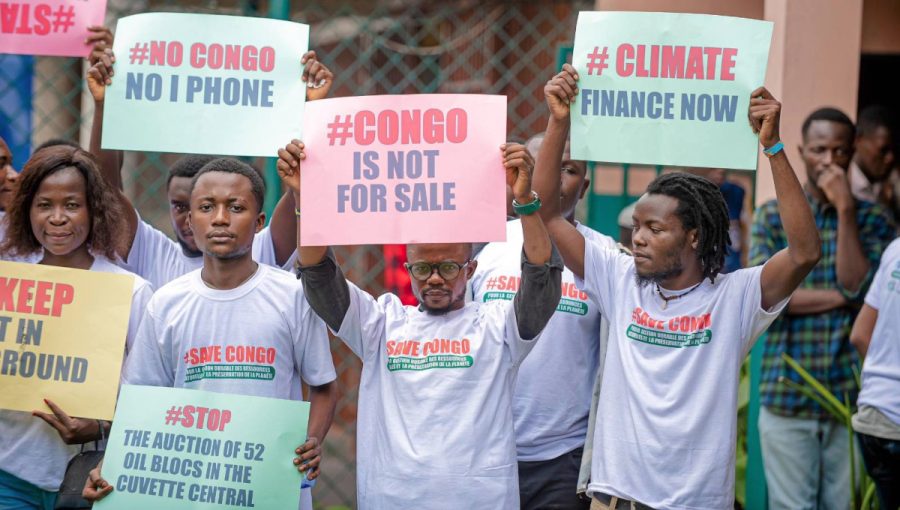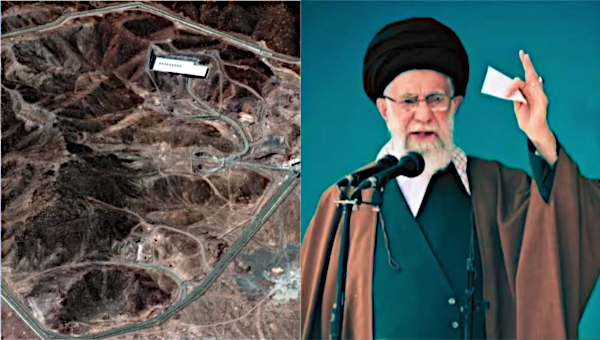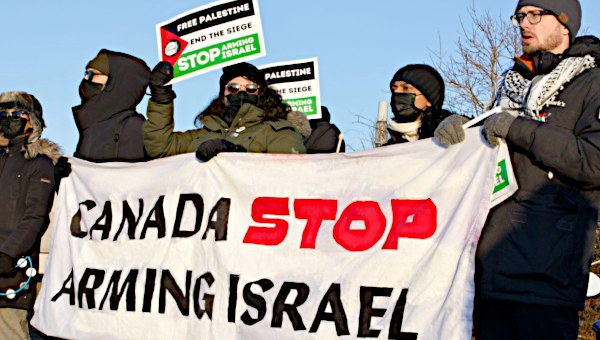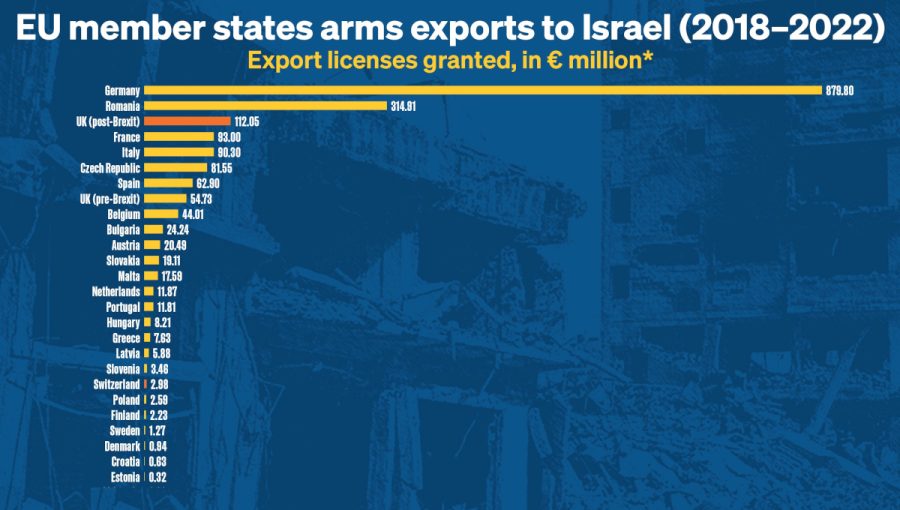One could be forgiven for understanding Israel’s actions in the Gaza Strip as butchery for its own sake. That’s a plausible interpretation of the killing of 1,284 Palestinians, at least 75 per cent of whom are civilians, and injuring another 7,100.
Seeing Israel as engaging in senseless bloodletting might seem an even more reasonable conclusion in light of the massacre of sixty-three people in Shujaiya after “the extensive use of artillery fire on dozens of populated areas across the Gaza Strip” that left bodies “scattered on streets,” or the bombing of United Nations shelters for those fleeing the violence. That conclusion is also tempting based on reports out of Khuza’a, a hamlet in the hinterlands of the Strip that was the scene of another Israeli massacre.
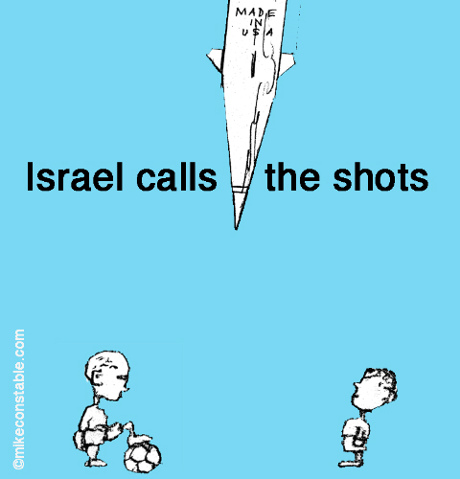
As Darryl Li points out, “Since 2005, Israel has developed an unusual, and perhaps unprecedented, experiment in colonial management in the Gaza Strip,” seeking to “isolate Palestinians there from the outside world, render them utterly dependent on external benevolence,” and at the same time “absolve Israel of responsibility toward them.”
This strategy, Li goes on to argue, is one way that Israel is working to maintain a Jewish majority in the territories it controls so that it can continue to deny equal rights for the rest of the population.
Israeli Colonialism and U.S. Militarism
The suppression of Palestinian resistance is crucial to the success of the Israeli experiment. But there is a corollary, which is a cyclical interaction between Israeli colonialism and U.S. militarism. As Bashir Abu-Manneh explains, there is a relationship between American imperialism and Zionist policies. American policymakers believe that an alliance with Israel helps the U.S. control the Middle East. So the United States enables Israeli colonialism and occupation, which in turn creates contexts for further U.S. interventions in the region that can be used to try to deepen American hegemony.
He points out, furthermore, that the “United States has been determining major economic and political outcomes” in the region since at least 1967, and that Israel plays a “crucial role in their realization. In Israel-Palestine, this has meant that force and colonial peace have alternated as main instruments of policy.” Yet all the while the main objective remains “a constant: Jewish supremacy in Palestine – as much land as possible, as few Palestinians as possible.”
What both Li and Abu-Manneh highlight is Israel’s concern with keeping Palestinians in a state of powerlessness. Driven by both its own settler-colonial agenda and by its function as an American partner in the geopolitical system, Israel strives to balance its desire to maximize the territory it controls against the imperative of minimizing the number of Palestinians living in the territories it seeks to use for its own purposes.
One way to destroy any sign of Palestinian power has been on display during Protective Edge, during which Israeli violence has sought to stamp out signs of Palestinian independence – hence Economy Minister Naftali Bennett’s call for “defeating Hamas.”
The result is that Palestinians are not merely subject to extreme violence. Rather, their capacity to live autonomously in historic Palestine is being attacked. The destruction of infrastructure, as in the recent attack on the Gaza Strip’s lone power plant, is one index of that. Not only does the current Israeli onslaught end the physical existence of specific Palestinian individuals, it aims to obliterate Palestinians as a people with the capacity to live independently in their homeland.
While denying refugees their legally protected and natural right of return is the most overt tactic that Israel uses to maintain its desired demographic picture, creating conditions inhospitable to the autonomous existence of Palestinians can also in the long run secure for Israel “as much land as possible, [and] as few Palestinians as possible.”
Violence that abides by this logic is not unique to Zionism. It is central to settler-colonialism and finds historic parallels in, for example, the American Trail of Tears or in Canada, the clearing of the plains through the deliberate starvation of Aboriginal peoples. The meaning of Protective Edge is similar.
Preventing a people from providing for themselves is a way of sabotaging their ability to live autonomously. That is how we should understand Israel’s assaults on forty-six of Gaza’s fishing boats or its attacks on Day Sixteen of Protective Edge against agricultural sites in the Northern Gaza Strip, Gaza City, the Central Gaza Strip, Khan Yunis, and Rafah. That is how we should understand Israel rendering two-thirds of Gaza’s wheat mills inoperative and the need of 3,000 of Gaza’s herders for animal feed (to say nothing of the value of animal life itself). That is how we should understand this intensification of what Harvard’s Dr. Sara Roy describes as the long-running deliberate destruction and de-development of the Gaza Strip’s economy that, unless funding for UNRWA (United Nations Relief and Works Agency for Palestine Refugees in the Near East) is increased, could cause mass starvation.
To make it so that Palestinians cannot care for themselves or each other is also to take from them the ability to function on their own. That is the implication of “[p]sychotropic drugs for patients with mental illness, trauma and anxiety” being “in critically short supply” and of leaving Shifa hospital “urgently” needing “neurosurgeons, anesthesiologists, plastic and general surgeons, and orthopedic specialists, as well as twenty ICU beds, a digital C-ARM machine for orthopedic surgeries, three operation tables and a lighting system for the five operation rooms.”
That is the implication of – as Doctors Without Borders reports in their call on Israel to “stop bombing trapped civilians” – killing two paramedics and wounding two others while they tried to retrieve wounded from Ash Shuja’iyeh. That is the implication of Israel damaging twenty-two health facilities, including a direct strike on al-Aqsa hospital and destroying el-Wafa rehabilitation hospital with strikes on multiple days, all of which has lead to an open letter being released through one of the world’s most prestigious medical journals in which twenty-four doctors and scientists report being “appalled by the military onslaught on civilians in Gaza under the guise of punishing terrorists,” a “massacre [that] spares no one, and includes the disabled and sick in hospitals.”
Attacks on Palestinian Independence
Attacks on religious institutions, a feature of all settler-colonial projects, are another way of interfering with Palestinian independence. Eighty-eight of Gaza’s mosques have been damaged, which is to say that damage has been done to eighty-eight sites at which Gaza’s communities congregate and engage with one another.
Israel’s assault on Palestinian culture can also be understood as acts of violence against the Palestinians as a people. Cultures are not static but participate in the unending process of making, unmaking, and re-making texts, and their interpretations is one way that groups understand themselves as distinct and one way that they are understood as such by non-members.
I have to go, I said: I have to. The barbarians are besieging time and place, besieging this rapid breathing in the side-alleys of frustration’s long journey. Explosions ripple, fear controls the situation. Justified and upstanding fear in the face of history at a great crossroads. They monitor us and we monitor them and we besiege their glory with our weakness. Tank shells and small-arms fire and their hatred, all these roll before the demolition machines.
I will go now. Many children, half asleep and stumbling and falling as you hurry them from their houses at the hour of dawn. Houses that will be levelled like accusations in just a moment.
A father carries his children and rushes like a missile out of what will shortly be a pile of cement…
— Excerpt from “Camp Block 5”
by Othman Hussein.
Translated by Henry King and Sarah Irving.
The ability of a group to tell their own stories about themselves is a key aspect of their autonomous existence. Impeding the capacity of Palestinians to undertake these practices is what Israel does when it destroys the home of the poet Othman Hussein and that of the artist Raed Issa; when it kills cameraman Khaled Reyadh Hamad in Shujaiya and a driver for Gaza’s Media 24 news agency named Hamdi Shihab; when it attacks Arabic-speaking journalists at al-Jazeera and the BBC; or when it destroys the building that’s home to the Sawt al-Watan radio station.
Undermining the ability of a people to educate their young, to train them for work, and to teach them to think critically is furthermore a way of stifling their independent existence. This is the implication of the 133 schools that have been hit.
While destroying cultural and educational institutions keeps a people from symbolically re-producing itself, Israel’s mass murder of 229 Palestinian children and injuring of 1,949 others is the most grotesque, most literal impediment to the capacity of Palestinians to continue to exist as a group in Palestine going forward. That is what it means for Israel to have put 194,000 children in need of psychological support. That is what it means for maternity care to be restricted “for an estimated 45,000 pregnant women in the Gaza Strip, of whom approximately 5,000 have been displaced.”
That is what it means to obstruct family life by destroying or severely damaging the homes of 3,695 families and creating conditions that render it virtually impossible to conduct the day-to-day activities constitutive of generational continuity, such as causing 1.2 million people to have “no or very limited access to water or sanitation services due to damage to the electricity system or lack of fuel to run generators.”
That is what it means for the number of displaced people in UNRWA shelters to be “approaching 10% of the entire population of Gaza, with approximately 170,461 in 82 schools” that are “without adequate water sanitation and hygiene (WASH) infrastructure in place and without sufficient space.” That is what it means for all of Gaza’s 1.8 million people to be affected by the war.
Those of us who are citizens of states that help Israel do all of this need to compel our governments to stop. Until then we all share responsibility for its horrifically logical violence. •
This article was first published on Jacobin.


